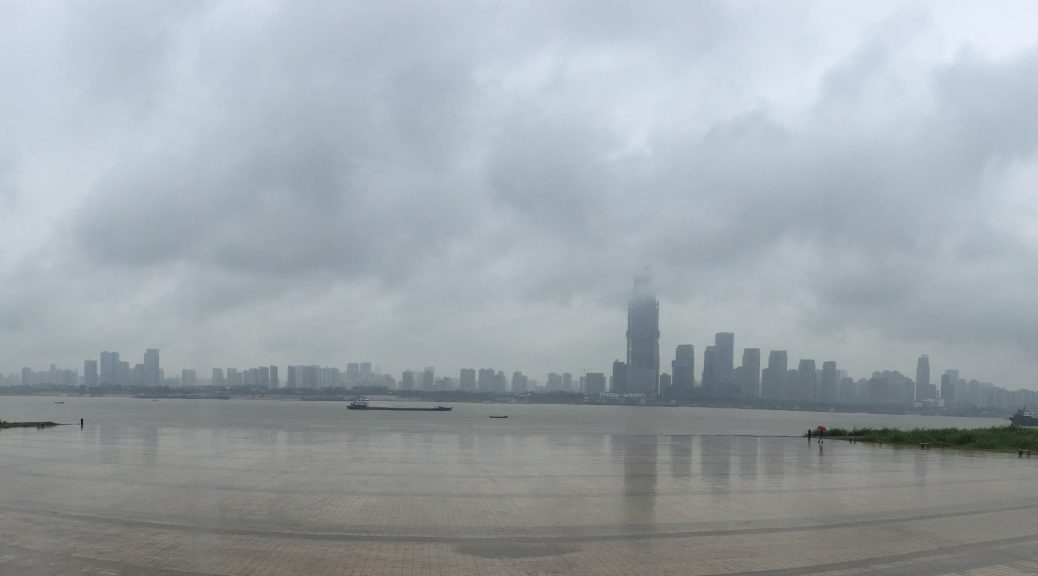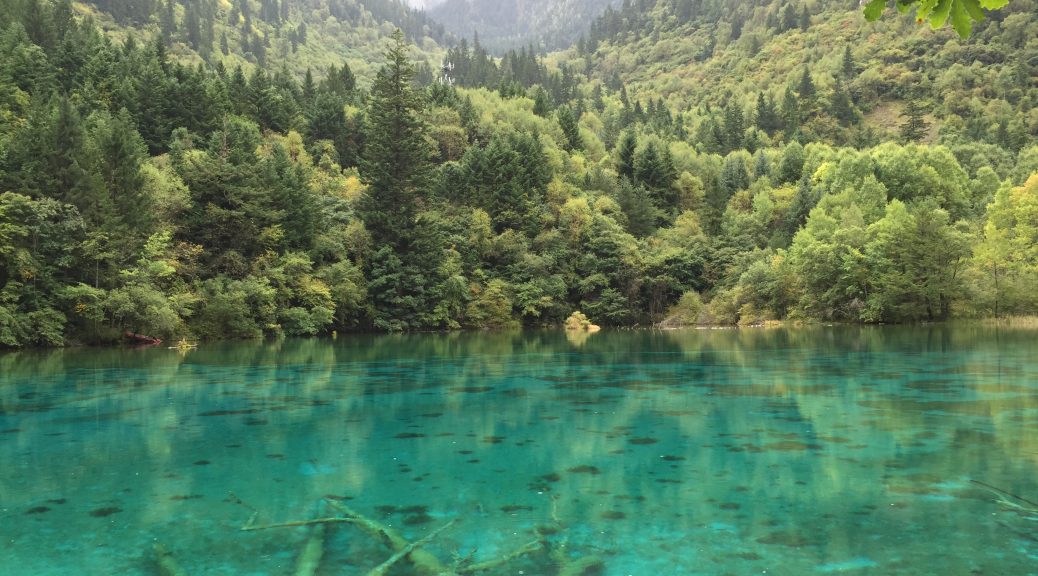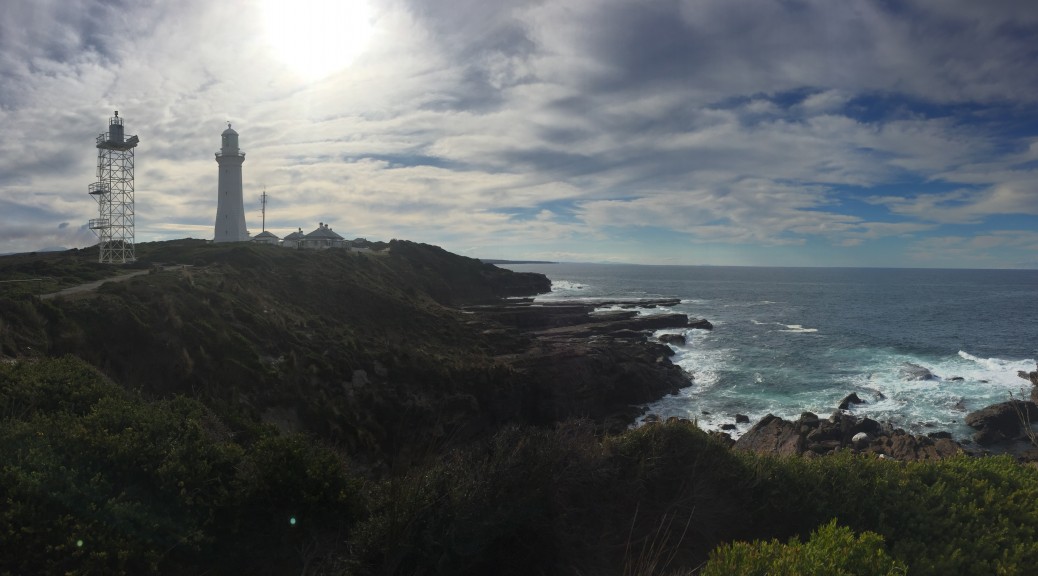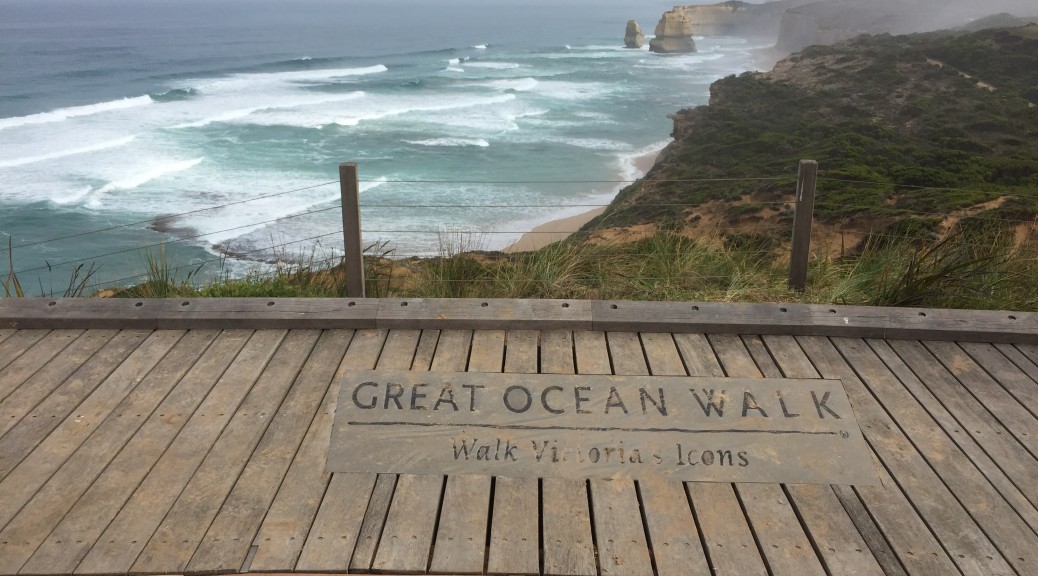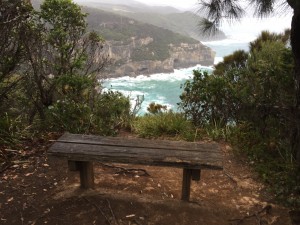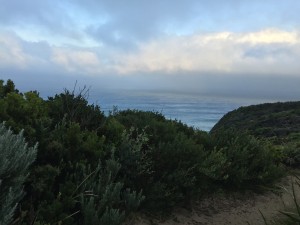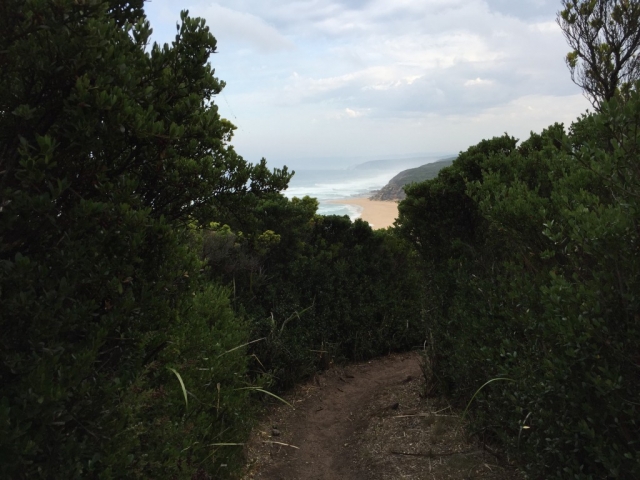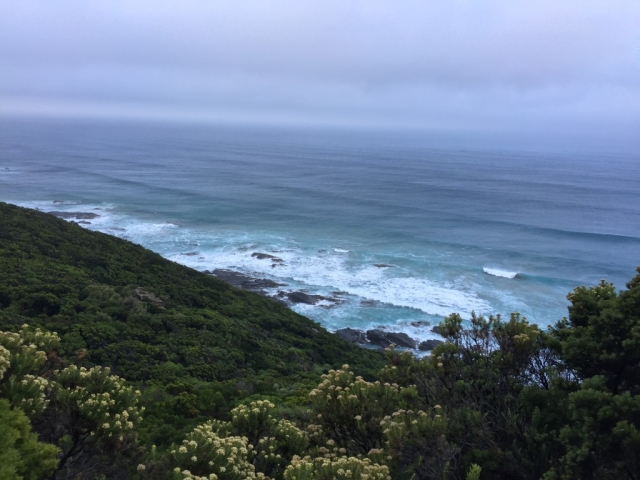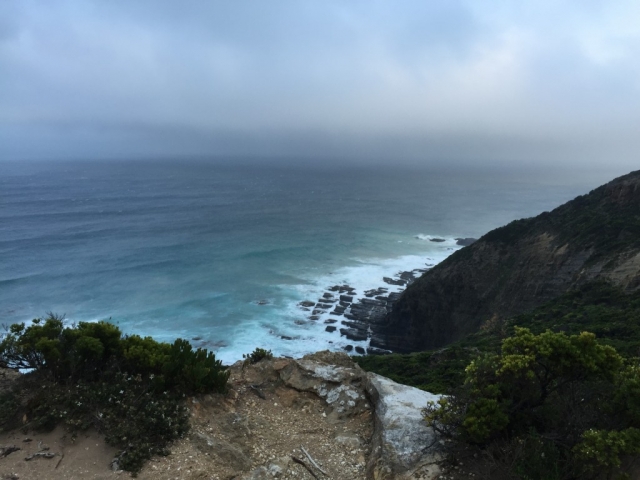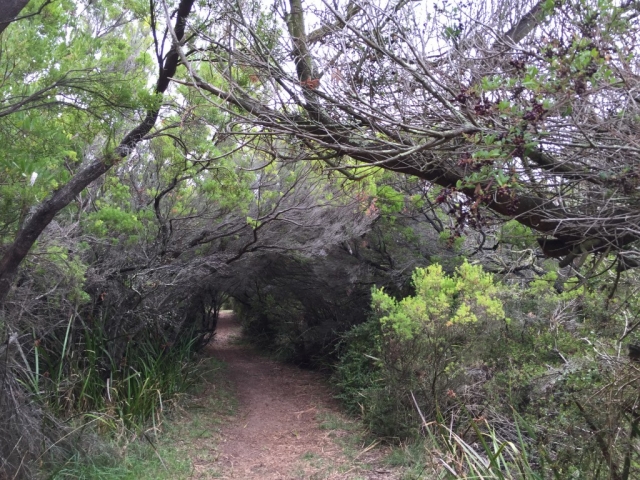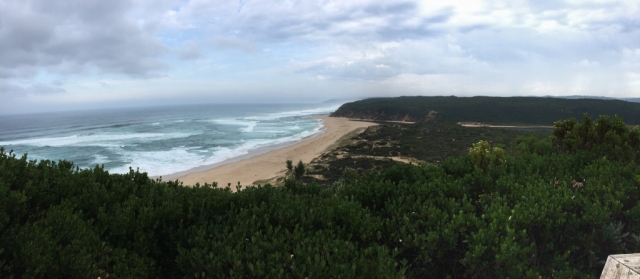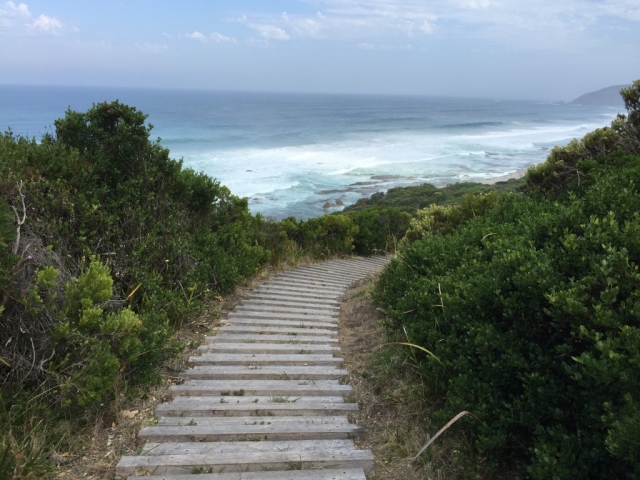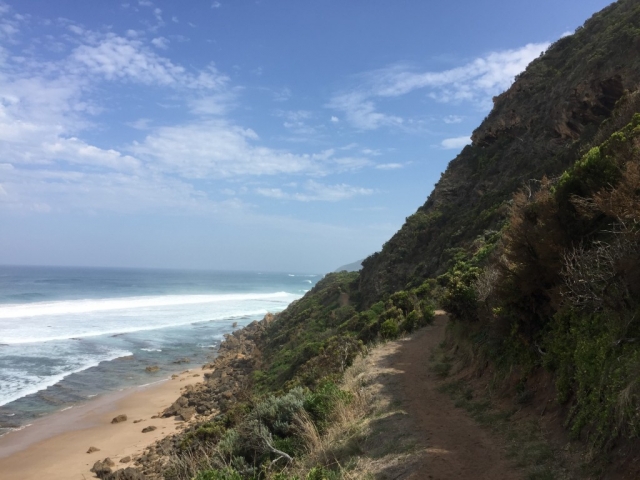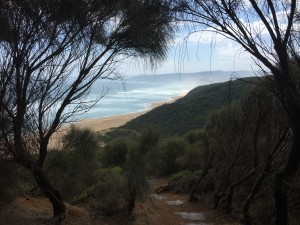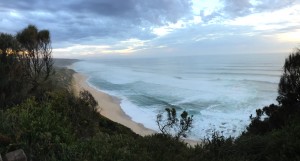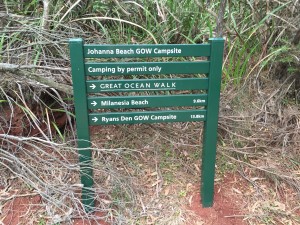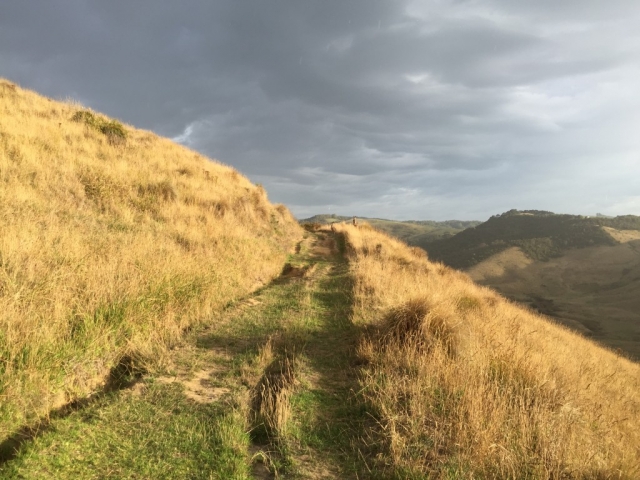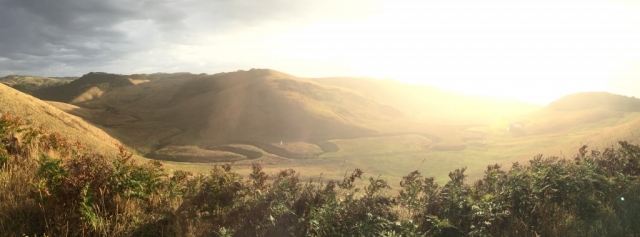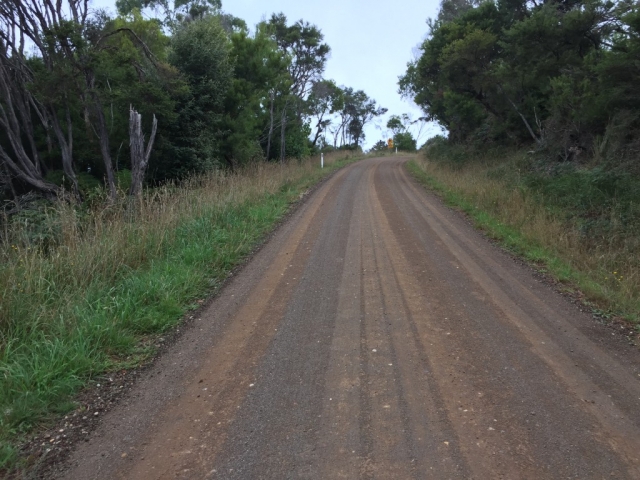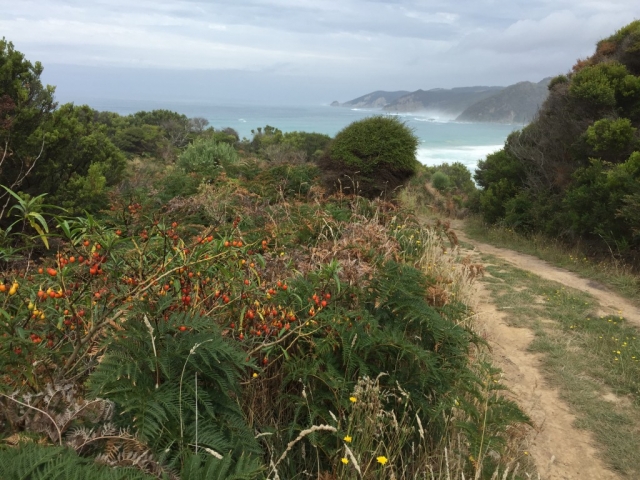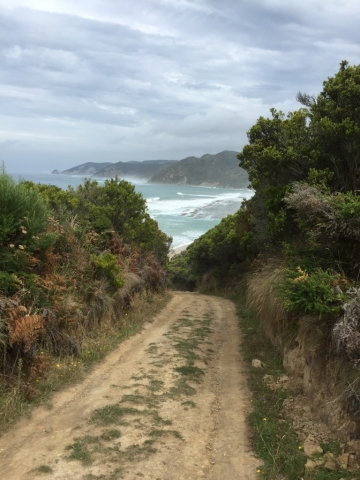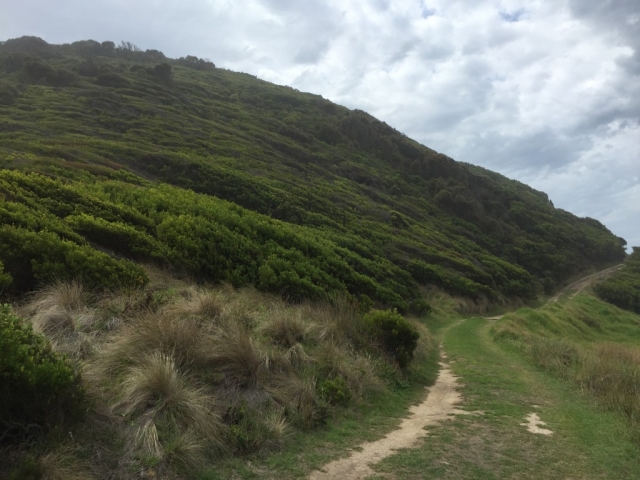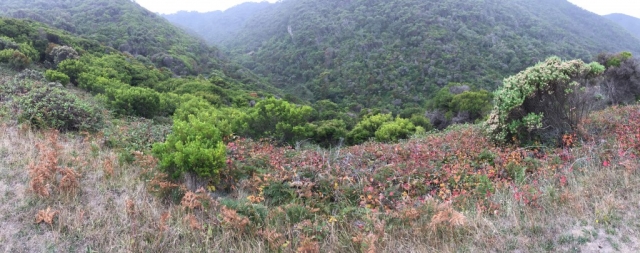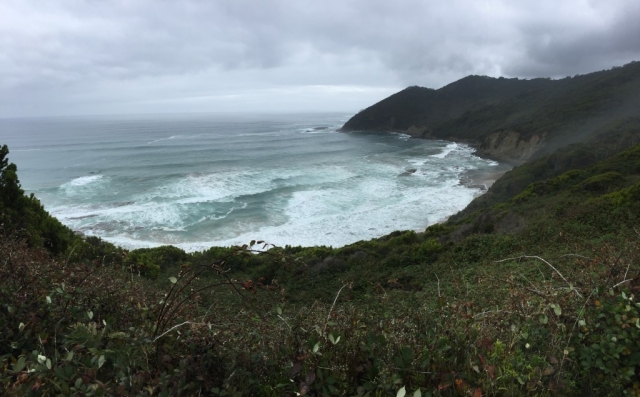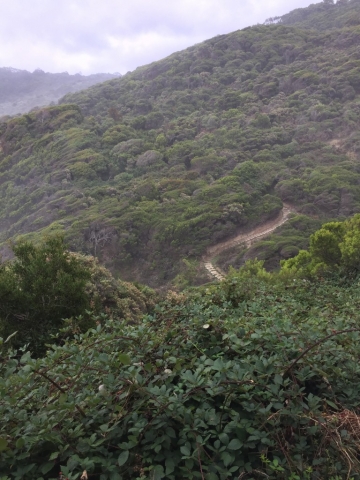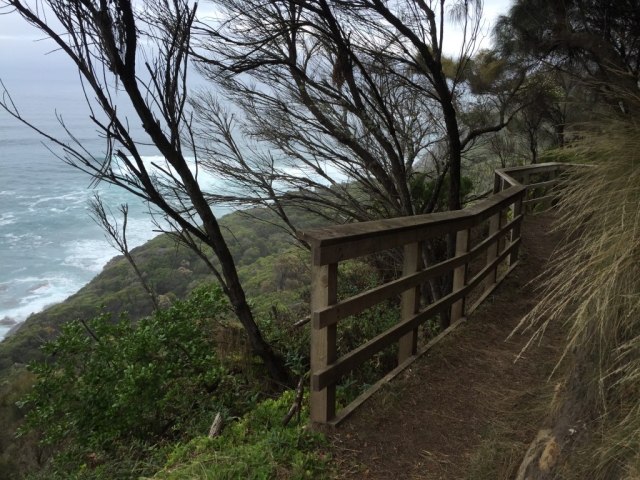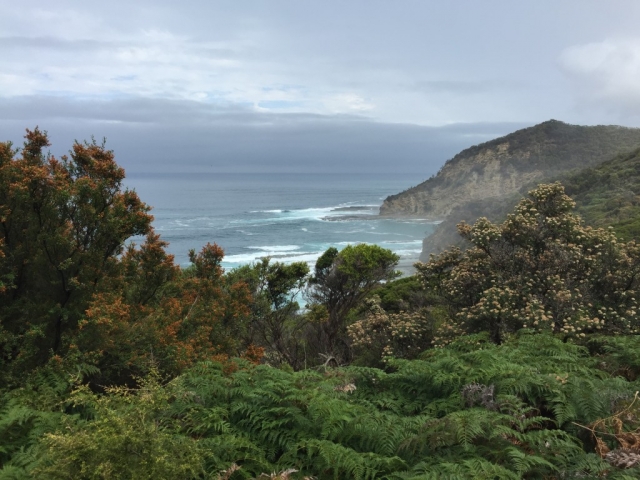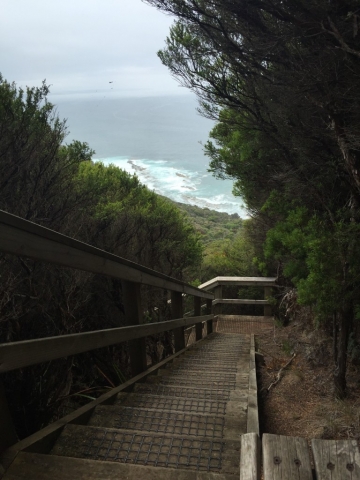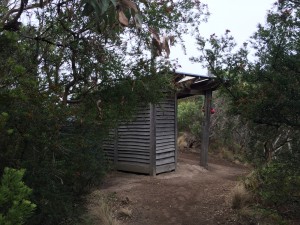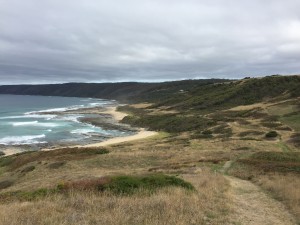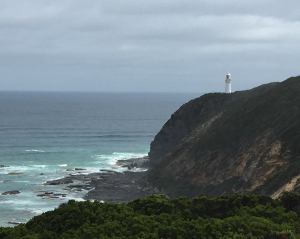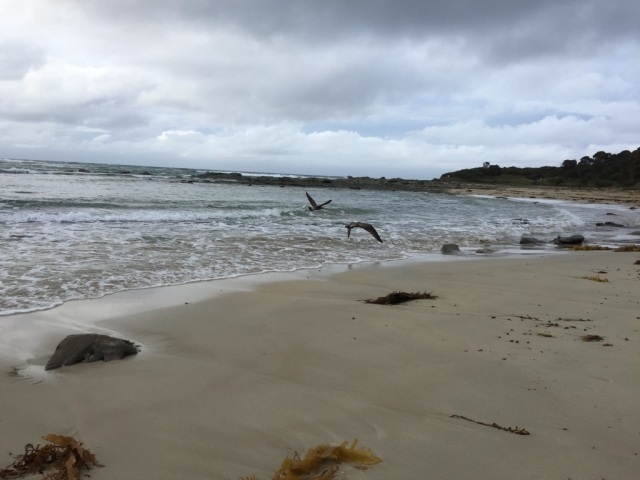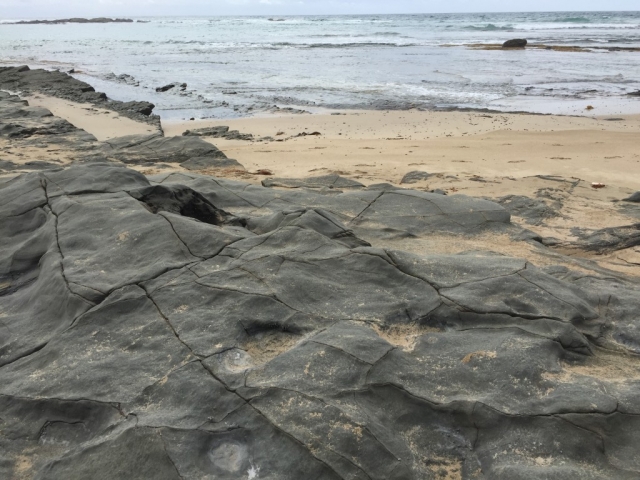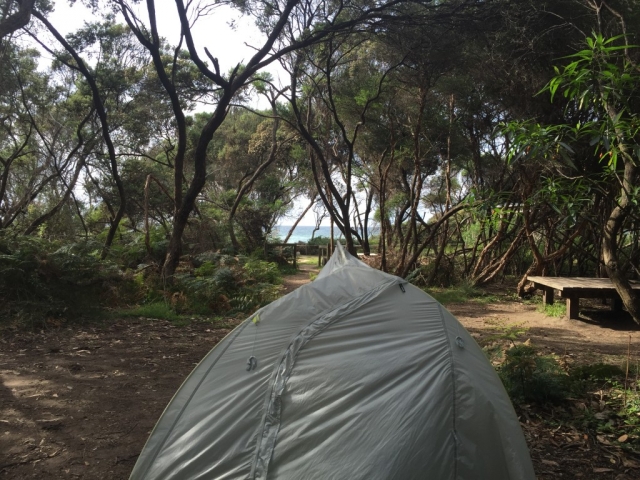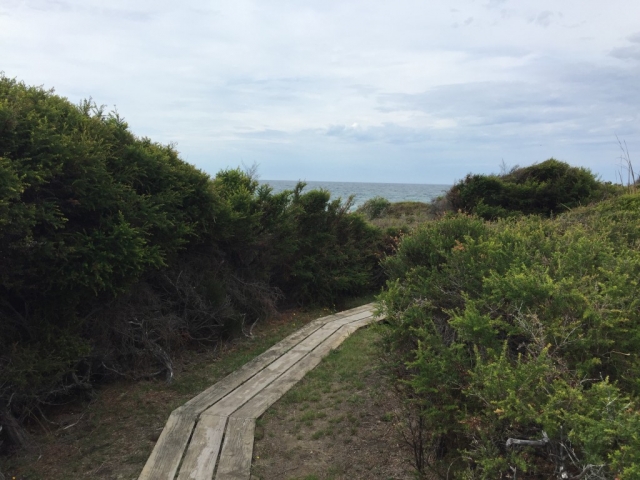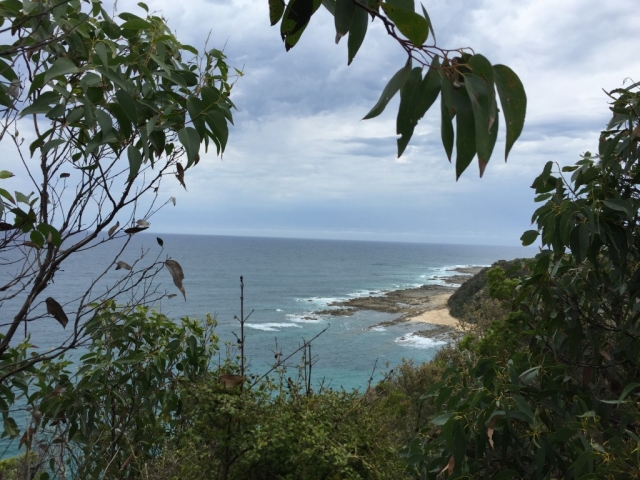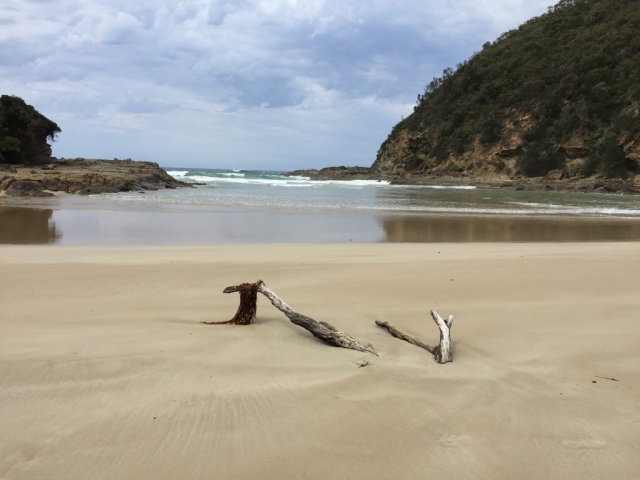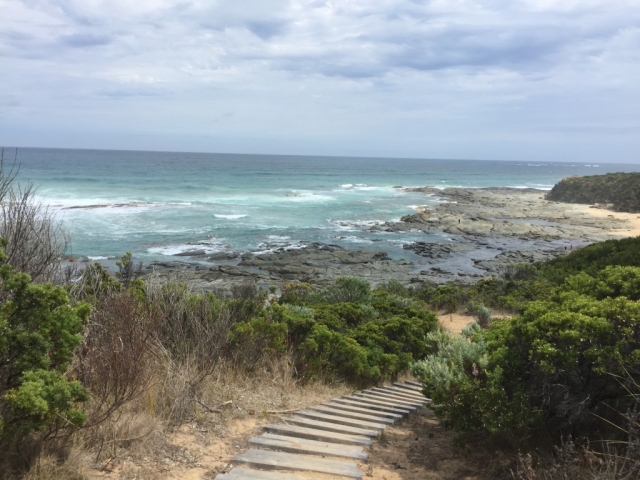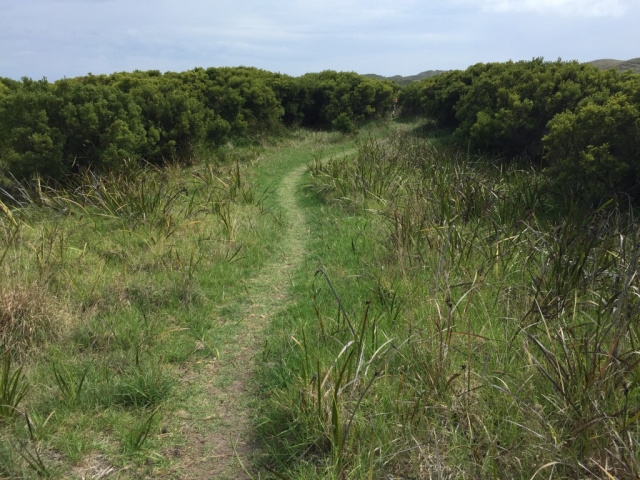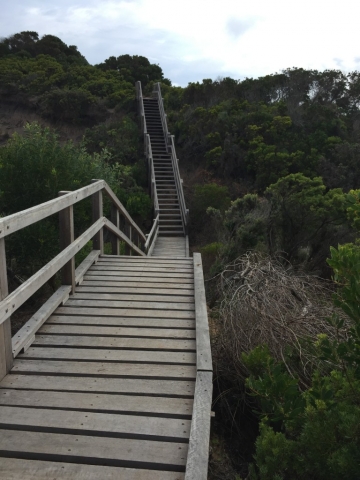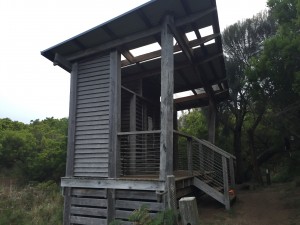Is capitalism failing? We are not talking about issues such as inequality or ethics. I am talking about survival of the human species, because it doesn’t take a genius to figure out what would happen when there is an ever increasing population in an enclosed system … such as earth.
It looks like that we are not even trying!
In old days, a peasant spent spring, autumn and summer labouring away with little to do in the winter 3-4 winter months.
Nowadays in developed countries, pets such as cats or dogs seem to be having even a more leisurely life, they don’t need to hunt, looking for shelters or defending their territory, everything has been taken care of by their owners.
And yet, people still have to work through long days just to provide roof over the head, put food on the table for themselves and their families.
Even wildlife don’t seem to work near as much.
Not convinced? We can start by looking at some graphs:

According to OECD data, workers in OECD countries work about 1763 hours per year, or 33.8 hours per week. There has been a gradual decrease in the working hours amongst OECD countries.
However this is offset by the slight raise in the employment to population ratio during the same period.
The industrial revolution made it possible for a larger segment of the population to work year-round, because this labor was not tied to the season and artificial lighting made it possible to work longer each day. Peasants and farm laborers moved from rural areas to work in urban factories, and working time during the year increased significantly. But since then there has been a gradual decrease in working hours. However the decrease in working hours is nothing compared to the known improve in productivity.
Productivity has increased tremendous amount since the industry revolution. Taking Agriculture and manufacturing for example:
according to the this reliable source, number of hours needed to produce 3 pound of chicken has reduced from slight more than 2.5 hours in the 1900 to around 0.25 hours in the 2000.
With a cotton gin, in one day a man could remove seed from as much upland cotton as would have previously taken a woman working two months to process at one pound per day using a roller gin.
The sewing machine, invented and improved during the early 19th century and produced in large numbers by the 1870s, increased productivity by more than 500%.
There are examples after examples of such innovations that have truly improved productivity and it seems that efficiency in many sectors have increased tenfold or more. This improvement in productivity could also be reflected by the percentage of population in various industries.


As percentage of agriculture and manufacturing shrinks in the total GDP, one sector has taken over – services.
And by what means has it increased so much. Let’s compare how ancient economy worked against how modern economy operates.
In the old days, with the bartering system, it’s like my basket of cotton for a chicken of yours. Nowadays a worker works certain amounts of hours a week for certain amount of money which usually was transferred into worker’s account in bank A. Then, maybe later, the worker uses a credit card from bank B to purchase some goods from a website. The company C behind the website then contracts delivery company D to deliver the goods to the worker. There is a good chance that company C is not the actually the producer of those goods.
As you can see, there are many more parties at work for a simple transaction between the buyer and seller which didn’t exist before.
Going back to the prehistory times, humans just built shelters. Nowadays, sometimes paper work for building a home will take as long as the actual physical task itself. The proposed dwelling will be judged based on aesthetic value, structural design, stormwater treatment plan, height, width and the possible shadow it might cast, amongst other things.
While as quality control is a good thing and many government members are doing their best in building better communities. There are, a lot of other cases, when government went to extremities to prevent progress from happening.
There are bureaucrats who are getting paid to knock down development proposals to adding more dwellings in a city that chronically has a shortage of housing for very weak and minor excuses because some people in the neighbourhood don’t want accommodate more people in the area.
There are also many other ways your government hire people to interfere or monitor with your daily life without much positive effect. One of the worst aspects, is probably wasting money on war and related endeavours. What takes years to build, can be annihilated in hours.
Employment sector is working in a much more sophisticated way too. In the old time, it’s just a boss decides whether to hire a person who wants a job there. Nowadays it’s hiring manager through HR who often enlists Job agencies that use third party websites to advertise for a job. Employment opportunities created: many, efficiency enhanced: none.
And yes, efficiency in many sectors have increased tremendous amount, but efficiency in the sector doesn’t imply efficiency in the economy as a whole.
This begs the question, of all those professions that did not exist in the ancient economies, do we need so many people to work in them? Of course this excludes truly innovative fields that did not exist before, such as genetic engineering which can prolong the life and enhance health, space exploration or production of robots that can substitute humans from day to day chores.
Technology – if remember correctly, the section containing any articles about it used to be called Science in the news and magazines, but as computers take over, it’s called Science & Technology. Now simply, Technology.
When computer first came out, people were excited, thinking that it would take over many mundane jobs that were used to be handled by humans.
Well, sure, some of those jobs were taken over by computers.
And yet, through the years, computing employed more and more people, but at the same time a great part of it descent into developing a newer version which does essentially the same thing and requires many people down the chain to re-train in order to do the same job.
Then there was the raise of searching engine, one would have thought that information could be better sorted and resource can be more appropriately allocated. Yet Search engines need money to run, and most search engine are free for users. The money that enables those search engines to operate is funded by sponsored links. Yes, money will make sponsored link more ‘relevant’ in a way.
Not only that, but also, there is a secondary market ‘enable’ website to be more ‘relevant’ than they should be.
So even though searches do return some of the relevant results, information is no longer sorted to cater the need in the most efficient way. And in this way, the initial purpose of the search engine is partially compromised.
It’s not terribly hard to create full employment – just hire all the unemployed to dig huge holes then ask them to bury those holes, simple and easy. But this idea would strike most people as retarded. Yes, because such an action is rather useless.
The gist of capitalism is making more money, but the goal of human race is to survive and propagate. The two does not coincide. So it is no surprise that businesses spend most of their effort on trying to make more profit and not driving humanity forward.
Under capitalism, a proper government’s fundamental responsibility is to protect the rights of the individual and making all relations between the individuals peaceful. So in a way, there is an incentive for the government to keep jobs that don’t create real values to the society. And by keeping everyone employed and busy the society is safe and prosper. It is even said, that some people, when given nothing to do, don’t know what to do with themselves.
Personally I prefer to see a more efficient world, in which people only need to work minimum hours to create necessities, with most of the work taken cared by robots. A world in which all people get their basic needs such as food and shelter taken care of, but those with access to more resources will use those resources for real productive innovations, such as AI robots that can substitute human in harsh extreme environment, better equipment for space exploration or genetic evolution that lead to regeneration of limbs or organs – to name a few, not just some ’innovation of convenience’.
We know that socialism and communism don’t work because they deny human nature. But devoting resource for expanding humankind’s horizon isn’t considered altruism, because it does not take a genius to figure out the fate of species with ever expanding population in an enclosed system, even with unlimited food.
